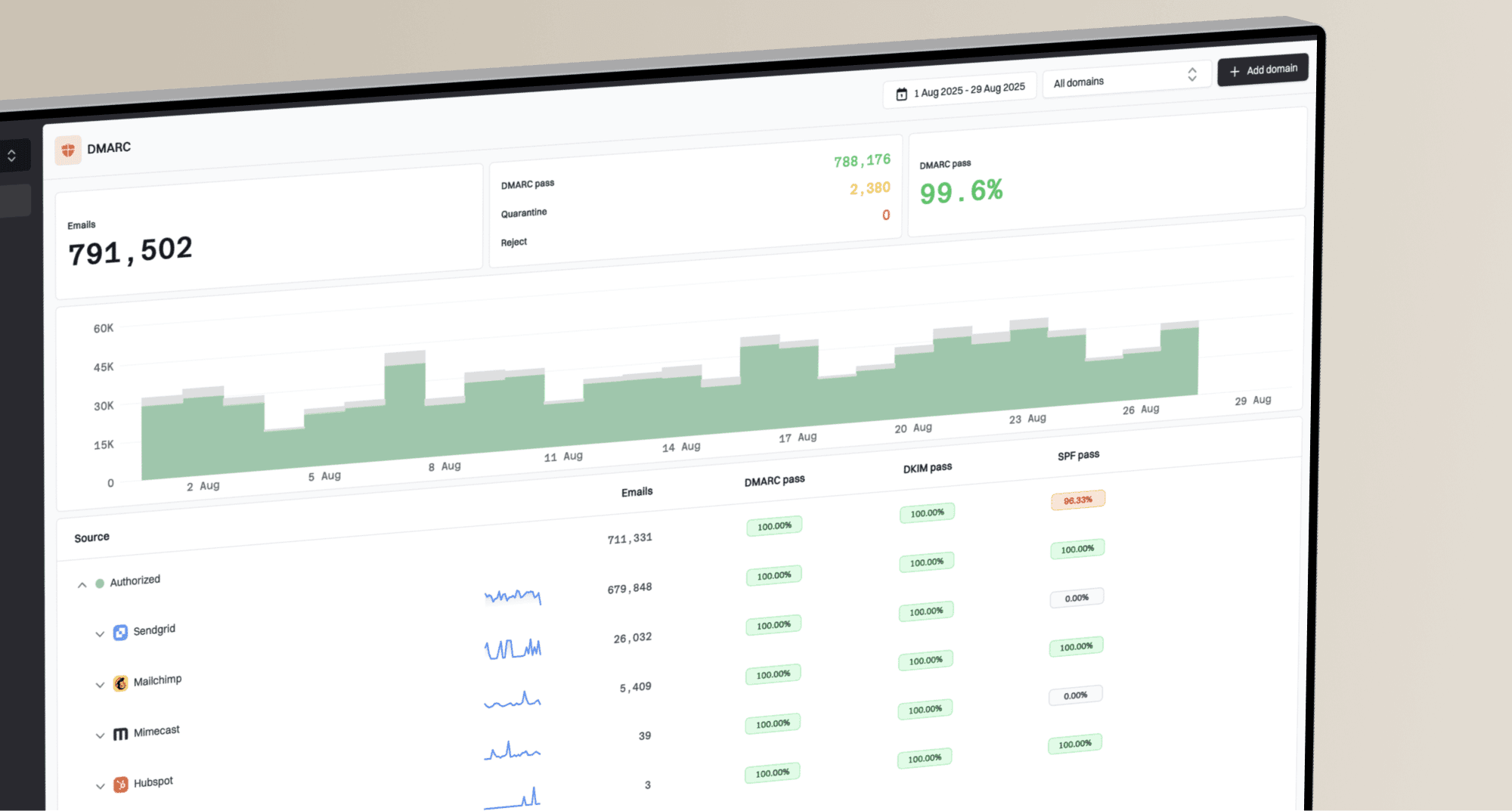Is Microsoft Azure a good platform to host an MTA (Mail Transfer Agent)?

Michael Ko
Co-founder & CEO, Suped
Published 21 May 2025
Updated 5 Nov 2025
6 min read

 Microsoft Azure is a suitable platform for hosting a Mail Transfer Agent (MTA) is complex and depends heavily on specific use cases and requirements. While Azure offers robust infrastructure, the nuances of email deliverability, especially when sending high volumes, introduce significant challenges.
Microsoft Azure is a suitable platform for hosting a Mail Transfer Agent (MTA) is complex and depends heavily on specific use cases and requirements. While Azure offers robust infrastructure, the nuances of email deliverability, especially when sending high volumes, introduce significant challenges. Amazon Web Services (AWS), and
Amazon Web Services (AWS), and  Google Cloud have imposed restrictions on outbound SMTP traffic, particularly on port 25. This is primarily to combat spam and abuse originating from their networks. For many standard Azure accounts, outbound SMTP on port 25 is blocked by default, requiring specific requests or enterprise agreements to lift these restrictions.
Google Cloud have imposed restrictions on outbound SMTP traffic, particularly on port 25. This is primarily to combat spam and abuse originating from their networks. For many standard Azure accounts, outbound SMTP on port 25 is blocked by default, requiring specific requests or enterprise agreements to lift these restrictions. Azure revolves around IP reputation. Mailbox providers, including
Azure revolves around IP reputation. Mailbox providers, including  Microsoft itself, are very strict about the source of incoming email. Shared IP addresses from large cloud providers are frequently on email blocklists (or blacklists) due to the actions of other users. This can lead to your emails being heavily filtered, or even completely blocked, regardless of your sending practices. We see this issue frequently, for example, with Microsoft IPs blocking AWS SMTP servers.
Microsoft itself, are very strict about the source of incoming email. Shared IP addresses from large cloud providers are frequently on email blocklists (or blacklists) due to the actions of other users. This can lead to your emails being heavily filtered, or even completely blocked, regardless of your sending practices. We see this issue frequently, for example, with Microsoft IPs blocking AWS SMTP servers.  Azure does allow outbound SMTP for specific scenarios, the underlying network policies and shared IP pools are not optimized for high-volume email sending or maintaining dedicated sender reputation. This often leads to situations where your legitimate emails are treated with suspicion by recipient mail servers.
Azure does allow outbound SMTP for specific scenarios, the underlying network policies and shared IP pools are not optimized for high-volume email sending or maintaining dedicated sender reputation. This often leads to situations where your legitimate emails are treated with suspicion by recipient mail servers. Azure is technically feasible, it often comes with significant operational overhead and potential deliverability headaches. Many organizations find greater success and less frustration by leveraging dedicated email sending services. These platforms are purpose-built for high-volume email, managing IP reputation, authentication, and deliverability challenges on your behalf.
Azure is technically feasible, it often comes with significant operational overhead and potential deliverability headaches. Many organizations find greater success and less frustration by leveraging dedicated email sending services. These platforms are purpose-built for high-volume email, managing IP reputation, authentication, and deliverability challenges on your behalf. Microsoft Azure provides the underlying infrastructure to host an MTA, it's not typically the ideal platform for high-volume email sending due to inherent challenges with outbound SMTP restrictions and managing IP reputation on shared networks. For organizations deeply invested in the Microsoft ecosystem, leveraging Azure Communication Services might offer a more streamlined solution for transactional and marketing emails without the complexity of self-hosting a full MTA.
Microsoft Azure provides the underlying infrastructure to host an MTA, it's not typically the ideal platform for high-volume email sending due to inherent challenges with outbound SMTP restrictions and managing IP reputation on shared networks. For organizations deeply invested in the Microsoft ecosystem, leveraging Azure Communication Services might offer a more streamlined solution for transactional and marketing emails without the complexity of self-hosting a full MTA.